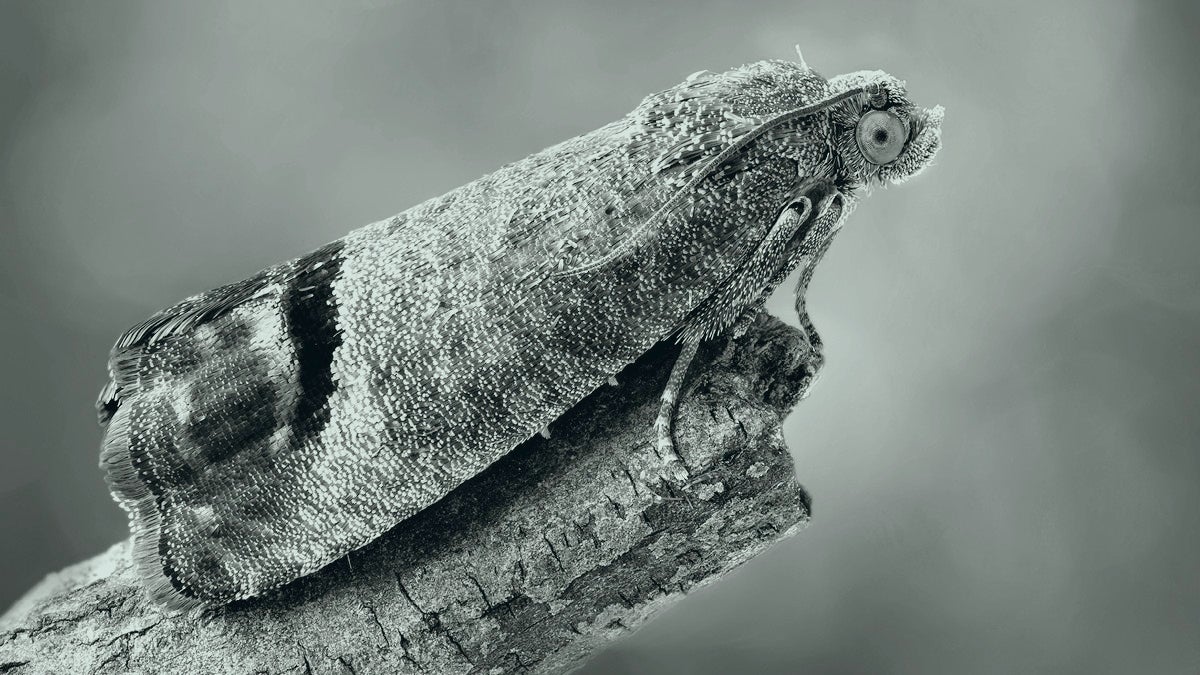
The coronavirus pandemic has brought about an overnight digital transformation for many sectors, creating a sudden need for everything to be connected. Enter the internet of things (IoT). Unfortunately, due to the exponential need for specialists in cloud computing and data science, there is also an IoT skills gap that needs to be filled.
“COVID-19 is the radical transformation IoT has been waiting for,” says Richard Robinson, managing director of Econsultancy. “At the heart of this, for many, is the IoT and adoption of the 168-hour week, when customers can purchase a product and consume content whenever they like.
“IoT is the answer to the mathematical equation of how to bend time to deliver goods and services just in time or in real time with every customer contact.”
Outsourcing and professional services company Capita found 70 per cent of businesses said IoT was relevant to them, but more than three-quarters had an IoT skills gap in their workforce and couldn’t capitalise on it. This aligns with research by LinkedIn that found cloud computing, artificial intelligence (AI) and user experience design, which are all related to IoT, were in the top ten most in-demand hard skills in 2020.

What’s driving the IoT skills gap?
“Traditional developers have some of the skills required, but IoT’s complexity demands more and helps to create the current skills gap,” says Tom Canning, vice president of global sales in IoT and devices at Canonical. “The reality is, in an industry as dynamic and fast-changing as IoT, it’s impossible to predict more than a few years into the future.” He also believes most companies are not in a position to hire at scale just yet, but this won’t last long.
“Similar to developments within AI, IoT is an example of technology and academia intersecting at a broader level. An increase in the number of courses and other specialised degrees in recent years is helping to promote new practices in connected technologies which, in turn, trickles down to physical developments.”
While IoT skills can help end-users and consumers, this can also enhance job roles that traditionally wouldn’t be associated with the technology.
“There are swathes of job roles that can be enhanced by using connected devices and many sectors are already making use of it,” says Pilgrim Beart, co-founder and chief executive of DevicePilot. “The largest impact will be felt by engineering, customer service and operations teams.
Every employee and entrepreneur can learn, they just need to be given the permission and the tools to make it happen
“A great example is Winnow, a company that uses connected tech to reduce food waste in industrial kitchens. It uses a camera, scales and some clever AI around bins to identify and weigh food waste; examples might be carrot peelings or fruit that has gone beyond its use-by date.
“This, in turn, gives kitchens a lot of data about exactly what they are throwing out and how much of it, enabling them to reduce waste and improve their bottom line. All of this is done without the need for any human intervention.”
IoT solutions will play a big role in 2021
Working from home under tiered lockdowns is continuing at least for the time being, so businesses will need to be ready with their solutions and close the IoT skills gap in 2021.
Robinson at Econsultancy believes upskilling will be essential in helping companies succeed. “To prepare for demand, every business must encourage and enable their people to think differently about the thing they do 38 hours a week,” he says. “Their minds must open to how they will use the IoT to close the 130-hour gap between how they work and how the customer consumes, acts and buys.
“Every employee and entrepreneur can learn, they just need to be given the permission and the tools to make it happen.”
Beart concurs, believing IoT will show its potential throughout 2021. “As companies look to increase efficiency, particularly with a workforce that I expect to be working remotely for much of next year, connected devices will show their worth as they can monitor and control a huge number of processes remotely,” he says.
“My advice to IoT service providers is to get organised and ready for growth. This means having the infrastructure in place to properly monitor and manage their devices as customers will quickly lose patience if providers are unable to deliver the level of service and efficiencies they promised.”
To help close the IoT skills gap, LinkedIn has made nearly 1,000 hours of free courses available for in-demand skillsets associated with IoT.
The jobs under threat from IoT

The internet of things (IoT) has vast potential across all sectors in terms of productivity and revenue, but it could make some jobs redundant. In developing countries, especially, organisations might find themselves attracted to automated processes, which are more efficient and cost effective, than hiring locally.
One job IoT could automate is pest control. Researchers in Italy studied how wireless sensors could help with identifying codling moths attacking apple crops. They found IoT sensing devices could run machine-learning algorithms, which could collect data over a wider area and run immediate data analysis and anomaly detection.
Automatically sending a notification to the farmer removes the need for local workers to check each insect manually. However, this would impact the local economy negatively, as there would be no seasonal work. According to the World Economic Forum, these types of jobs, which require “low educational attainment,” are at risk.
In manufacturing, jobs such as production supervisors are also at risk. Ericsson has worked with Worcester Bosch to create the UK’s first 5G factory, using technologies such as 5G and IoT to optimise machine performance and increase output by as much as 2 per cent.
Part of the Worcestershire 5G Testbed, the factory now runs real-time machine sensors that enable them to address problems on the production line before they happen. However, this removes the need for supervisors or machine operatives, potentially costing them their jobs. The hope is IoT will create more meaningful work for which redundant workers could be retrained.

The coronavirus pandemic has brought about an overnight digital transformation for many sectors, creating a sudden need for everything to be connected. Enter the internet of things (IoT). Unfortunately, due to the exponential need for specialists in cloud computing and data science, there is also an IoT skills gap that needs to be filled.
"COVID-19 is the radical transformation IoT has been waiting for," says Richard Robinson, managing director of Econsultancy. "At the heart of this, for many, is the IoT and adoption of the 168-hour week, when customers can purchase a product and consume content whenever they like.
"IoT is the answer to the mathematical equation of how to bend time to deliver goods and services just in time or in real time with every customer contact."
